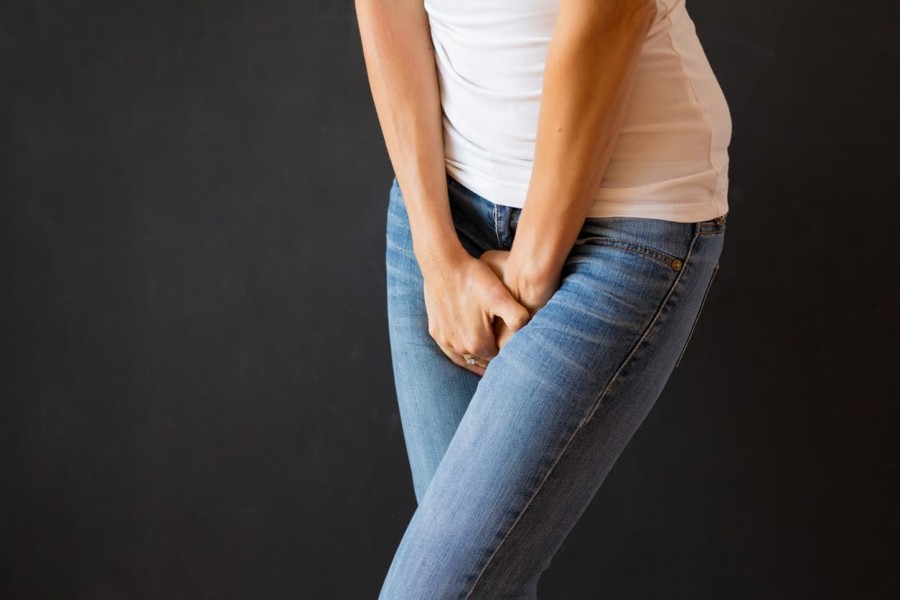Thrush is the colloquial term for Candida infection in Australia. It is a very common and usually irritating condition that most women will experience at some point in their lifetimes. Annoyingly, some women suffer from recurrent candida infections that are distressing for their daily life.
What is thrush or candida?
Candida is the most common type of yeast/fungal infection. It can inhabit the vagina in low numbers as part of the normal vaginal flora without causing adverse symptoms for a long time. However, when they begin to grow rapidly, symptoms of infection occur.
Symptoms of thrush
Thrush can also occur in other parts of the body, such as the mouth. But when it occurs in the vaginal area, symptoms include:
- vaginal itch and burning sensations
- abnormal discharge that has a “cottage cheese” appearance and smell
- burning sensations when passing urine
- redness or swollen vulva
How can you get a thrush?
Normally, a low level of candida does not cause any problems, but there are times when the healthy balance of vaginal flora is disrupted. Note that thrush is NOT a sexually transmitted infection but can occasionally be passed on between partners during sexual activity.
Overgrowth of the yeast candida can be caused by a number of reasons, including:
- antibiotic use
- hormonal changes (oral contraceptive use & pregnancy)
- diabetes, iron deficiency, immune system disorders
- certain medications such as steroids and immunosuppressive drugs
Note that yeast is not the same as bacteria. A bacterial infection can be treated with antibiotics, but they do not work for a yeast infection. In fact, antibiotic misuse disrupts the healthy vaginal flora and can increase your risk of a candida infection.
Pregnancy and the use of contraceptive pills both affect a woman’s hormone levels, especially by increasing estrogen. This can upset the healthy microbial balance inside the vagina and increase the risk of developing a thrush.
Notably, some lifestyle factors can also increase the risk of yeast infections:
- stress
- washing your genitals with soap
- wearing synthetic and tight clothes
- sweating and using no-breathable sanitary pads
All of these things may be subtly encouraging the overgrowth of vaginal candida and leading to a thrush. The vagina is a “self-cleaning oven” that does not benefit from the so-called feminine soaps. The best thing you could do is to wash the vaginal surroundings with water and make sure you change sanitary pads frequently during a period.
What is the treatment for thrush?
If this is the first time that you are experiencing a vaginal irritation, it’s best to see a doctor and take a vaginal swab test. Thrush is only one of the reasons for vaginal irritation, so you should check if it’s indeed a yeast infection or something else before getting treatments.
If you have had a thrush before and the symptoms this time are similar, there is a good chance of it being a recurrence. In this case, the treatment is usually pessaries (tablets that dissolve) or cream that are applied directly inside the vagina. These are available over the counter from a pharmacy. Your doctor may also recommend an anti-fungal oral medication, but this should be avoided for pregnant women. Usually, the recommended duration of treatment is only 1 to 6 days depending on the product used.
What about recurrent thrush?
If thrush returns frequently, it’s a good idea to see a gynaecologist for assessment. Many women feel embarrassed to talk about this problem and delay their treatment. However, this can make the infection last longer than necessary. You may also delay finding out a more serious underlying health problem, such as weakened immune system.
Can you treat thrush with alternative remedies?
On the internet, you may find many anecdotal reports of alternative remedies for recurrent thrush as well as other vaginal infections. Some common ones include inserting garlic cloves or yogurt-soaked tampons inside the vagina.
These treatments are said to restore the natural balance of the vaginal flora, but there is not enough evidence to show whether they are effective. Since plain yogurt consists of the beneficial bacterial lactobacilli, it is suspected to help. However, these remedies may also trigger allergic reactions or irritations. It’s always better to seek medical advice and assessment from your doctor.
For more personalised information regarding candida infections, you can contact Melbourne-based gynaecologist, Dr Alex Polyakov here.
